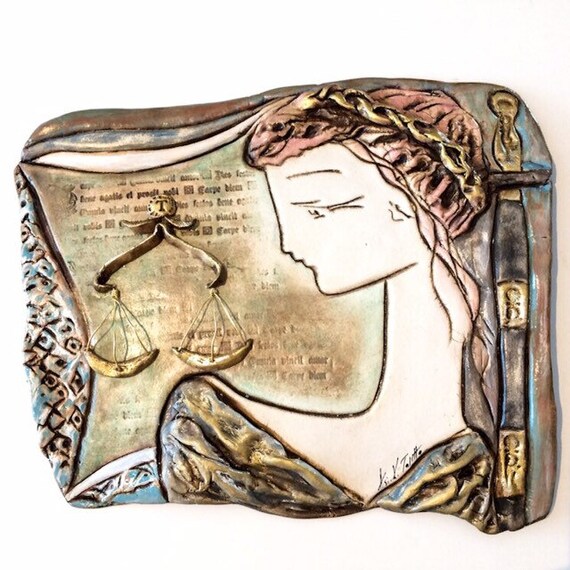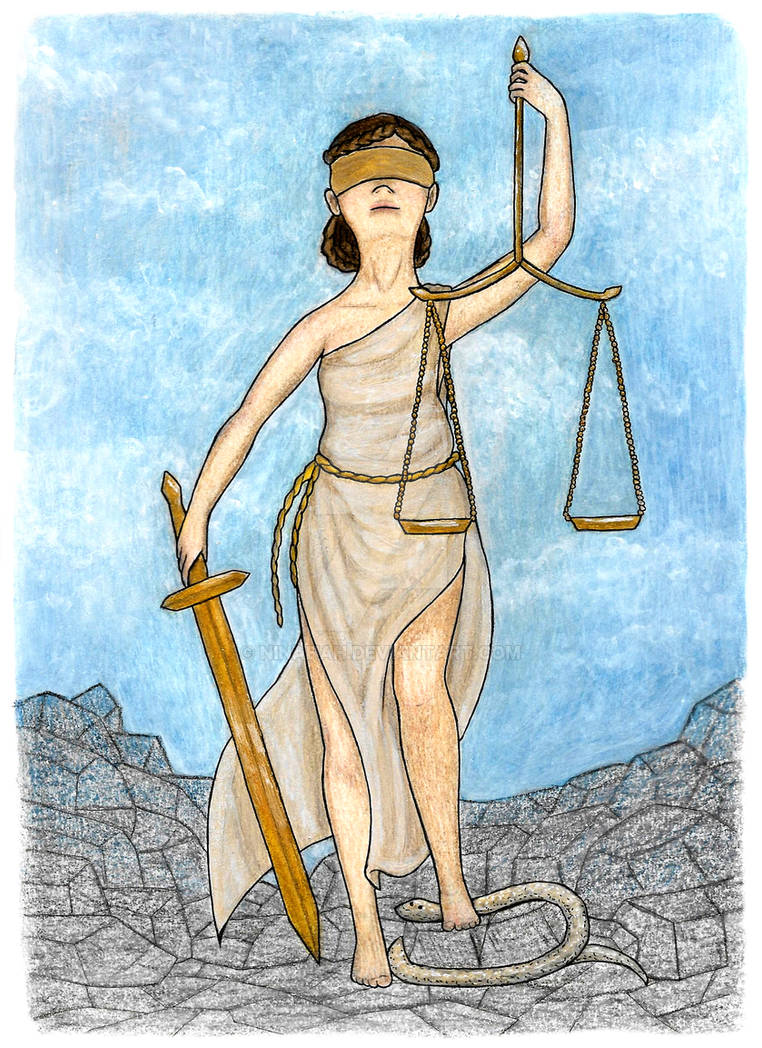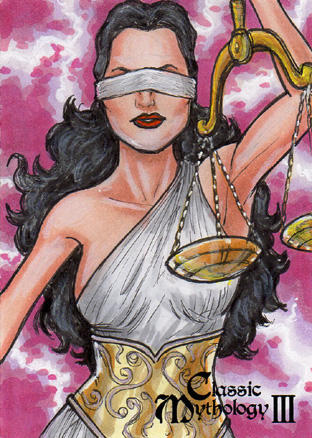People crushed by laws, have no hope but to evade power. If the laws are their enemies, they will be enemies to the law; and those who have most to hope and nothing to lose will always be dangerous.
Types of Insurance (part C)
by
Charles Lamson
Automobile Insurance
Automobile insurance is a special type of property insurance and includes two major classes of insurance: physical damage insurance (including fire, theft, and collision) and public liability insurance (including bodily injury and property damage). To understand the law one must know what specific risk the insurance carrier assumes and the terms of the policy covering that specific risk. The term automobile insurance refers to insurance that the insured obtains to cover a car and the injuries that the insured and other members of the family may sustain. The term also refers to liability insurance, which protects the insured from claims that third persons may make for injuries to them or damage to their property caused by the insured.
 |
Physical Damage Insurance
As the name implies, physical damage insurance covers the rules of injury or damage to the car itself. It includes:
Fire Insurance
Much of the law of property insurance discussed in the preceding posts applies to automobile insurance. The fire policy covers loss to a car damaged or destroyed by the burning of any conveyance upon which the car is being transported, such as a barge, boat, or train. Fire insurance can be obtained separately but is normally included in comprehensive coverage.
Theft Insurance
Theft is taking another's property without the owner's consent with the intent to wrongfully deprive the owner of the property. Automobile theft insurance either by law or by contract normally covers a wide range of losses. Obtaining possession of a car and converting it to one's own use to the exclusion of or inconsistent with the rights of the owner is known as conversion. Taking another's car by force or threat of force is known as robbery. In some states the automobile theft policy must cover all these losses. The policy itself may define theft broadly enough to cover theft, conversion, and robbery. Unless the policy is broadened either by law or by the wording of the policy, a theft policy covers only the wrongful deprivation of the car without claim of right.
Automobile theft Insurance usually covers pilferage of any parts of the car but not articles or clothes left in the car. It also covers any damage done to the car either by theft or attempted theft. It does not cover loss of use of the car unless the policy specifically provides for this loss.
Collision Insurance
The standard collision policy covers all damage to the car caused by a collision or upset. A collision occurs whenever an object strikes the insured car or the car strikes an object. Both objects need not be automobiles nor be moving. Frequently collision policies require the collision to be accidental. A court held that a rolling rock that crashed into a parked car constituted a collision. Likewise, there was a collision when a horse kicked the door of the insured automobile. However, no collision occurs when the colliding object consists of a natural phenomenon, such as rain or hail. If the language of an insurance policy can be given to different reasonable interpretations, the interpretation most helpful to the insured is used.

Practically all collision policies void or suspend coverage if a car hauls a trailer unless insurance of the same kind carried on the car is placed on the trailer. The question of interpretation then arises as to what constitutes a trailer. A small boat trailer and a small two-wheel trailer generally are not considered trailers, but horse or cattle trailers are.
If a car has collision insurance but not fire Insurance, the policy will, in most states, pay both the fire loss and the collision loss occurring in the same wreck so long as the fire ensues after collision and is a direct result of it.
Most collision insurance policies have a deductible clause. A deductible clause provides that the insurance company will pay for damages to the car in excess of the specified amount. The specified amount, called the deductible, is usually $100 to $250. The insured must pay this amount. Suppose a collision results in $850 in damages to a car covered by $250 deductible collision insurance. The insured must pay the first $250 and the insurance company pays the remainder---$600. Policies without any deductible clause have extremely high rates. It is much cheaper for the insured to assume some of the risk.
An insurance company may pay the insured a claim for collision damage caused by someone else's negligence. If so, under the law of subrogation the company has the right to sue this other party to the collision for the damages.
Comprehensive Coverage
Insurance companies will write automobile insurance covering almost every conceivable risk to a car, such as wind storm, earthquake, flood, strike, spray from trees, malicious mischief, submersion in water, acid from the battery, riot, glass breakage, hail, and falling aircraft. A comprehensive policy may include all of these risks plus fire and theft. A comprehensive policy covers only the hazards enumerated in the policy, and collision is normally excluded.

Public Liability Insurance
The second major division of automobile insurance, public liability insurance, protects third persons from bodily injury and property damage.
Bodily Injury Insurance
Bodily injury insurance covers the risk of bodily injury to the insured's passengers, pedestrians, or the occupants of another car. The insurance company obligates itself to pay any sum not exceeding the limit fixed in the policy for which the insured may be personally liable. If the insured has no liability for damages, the insurance company has no liability except the duty of defending the insured in court actions brought by injured persons. This type of insurance does not cover any injury to the person or the property of the insured.
Coverage under an automobile liability policy is usually written as 10/20/5, 25/50/10, 100/300/15, or similar combinations. The first number indicates that the company will pay $10,000, $25,000, or $100,000, respectively, to any one person for bodily injury in any one accident. The middle number fixes the maximum amount the company will pay for bodily injury to more than one person in any one accident. The third figure sets the limit the company will pay for property damage. This usually is the damage to the other person's car but may include damage to any property belonging to someone other than the insured.
A bodily injury insurance policy does not cover accidents occurring while an underage person drives the car. It may not cover accidents occurring while the car is rented or leased unless specifically covered, while the car is used to carry passengers for a consideration, while the car is used for any purpose other than that stated in the policy, or while it is used outside the United States and Canada. Some policies exclude accidents while the car is being used for towing a trailer or any other vehicle used as a trailer. These are the ordinary exclusions. Policies may have additional exclusions of various kinds.

The insured may not settle claims or incur expenses other than those for immediate medical help. As in the case of property insurance, the insurer has a duty to defend any lawsuits and the insured must give prompt notice of any claims or suits. In the event that the insurance company pays a loss, it is subrogated to any rights that the insured has against others because of such losses.
Property Damage Insurance
In automobile property damage insurance the insurer agrees to pay, on behalf of the insured, all sums the insured may be legally obligated to pay for damages arising out of the ownership, maintenance, or use of the automobile. The liability of the insurer, however, is limited as stated in the policy.
The policy usually provides that the insurer will not be liable in the event that the car is being operated, maintained, or used by any person in violation of any state or federal law as to age or occupation. The insurer has no liability for damage to property owned by, leased to, transported by, or in charge of the insured.
Medical Payments and Uninsured Motorist Insurance
In addition to physical damage and public liability insurance, there is insurance that covers injury to the insured or passengers in the insured's car. Medical payments cover bodily injury and are paid regardless of other insurance. Uninsured motorist coverage protects the insured when injury results from the negligence of another driver who does not have liability insurance.
Recovery Even When at Fault
Normally the injured party must prove the driver of the insured car was negligent or at fault before the insurer becomes liable. Frequently, both drivers are negligent. Formerly, if the driver who sues negligently contributed even slightly to the accident, no recovery could be had. This harsh rule has been replaced in most states by the last clear chance rule. This rule states that if one driver is negligent but the other driver had one last clear chance to avoid hitting the negligent driver and did not take it, the driver who had the last clear chance is liable.

In a number of states comparative negligence statutes have also modified the harshness of the common law rule as to contributory negligence. These statutes provide that the contributory negligence of the plaintiff reduces the recovery but does not completely bar recovery from a negligent defendant. That means the court balances the negligence of each party against that of the other. Suppose Roemer and Griffero have an automobile accident and both were negligent. It is determined that the damage to Roemer's car was caused 60% by Griffero and 40% by Roemer's own negligence. If the total damage to Roemer's car is $2,500, Griffero will have to pay 60% or $1,500.
Some states have established no-fault insurance. Under this plan, insurance companies pay for injuries suffered by their insured's nomad wait for it wait for it wait for it under this plan, insurance companies pay for injuries suffered by their insureds no matter who has responsibility for negligence. States use this no-fault plan for a limited amount of damages. Above this amount, the fault rules apply. The purpose of no-fault insurance is to make sure that injured parties are compensated promptly and reduce the number of lawsuits. It is assumed that it is faster and easier to collect from your own insurance company than from the insurance company of the other driver.
Required Insurance
People with poor driving records might find it difficult or impossible to obtain mandatory automobile insurance. When the law requires a person to carry insurance in order to be permitted to drive but no insurance company will sell a policy, a state agency will assign this driver to an insurance company. The company must issue the policy under the assigned risk rule. States require all insurance companies to accept the drivers assigned in this manner.
INTERNET RESOURCES FOR BUSINESS LAW  *SOURCE: LAW FOR BUSINESS, 15TH ED., 2005, JANET E. ASHCROFT, J.D., PGS. 464-468, 470*
end
|

No comments:
Post a Comment